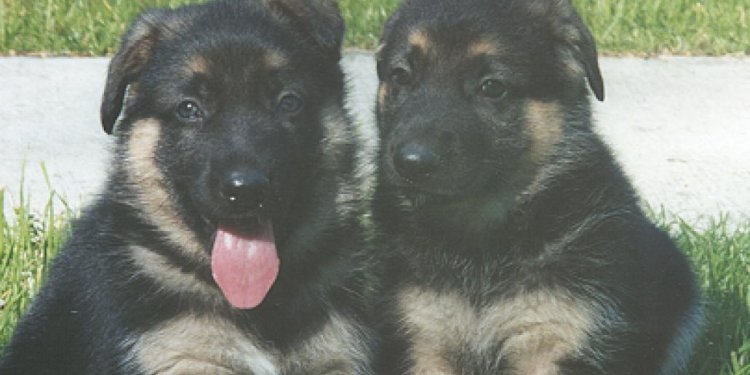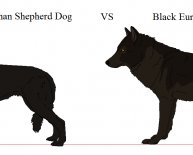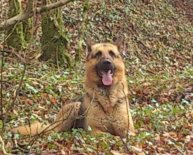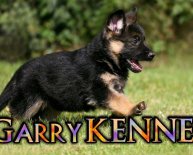
German Shepherd double coat Dog
 Proper FAP familypet_belowtitle
Proper FAP familypet_belowtitle
Truths and Myths About Shaving Dogs with Double Coats
FamilyPetDouble coats, also known as down hairs, ground hairs, or undercoat, are very fine, fluffy hairs closest to the skin on some mammals. Common dog breads that have undercoats include the German Shepherd, Pomeranian, Chow, Husky, Malamute and Samoyed. The hairs are short and crimped, which makes them highly efficient at trapping air and insulating the animal. This keeps them warm in the winter and cool in the summer. This brings us to the first myth:
Myth #1: Long-haired, double-coated dogs need to be shaved in order to be cooler during the summer.
Double-coated dogs are dogs that have a heavy undercoat. The lighter, softer coat that sheds naturally does not need to be shaved.
 Unless the dog has passed the point of no return in the matting department, the best type of grooming for these dogs is a vigorous undercoat raking with a special tool that helps remove the undercoat. This raking, followed by a bath, and a blow dry, will help separate the hair so the groomer can get to the rest of the undercoat.
Unless the dog has passed the point of no return in the matting department, the best type of grooming for these dogs is a vigorous undercoat raking with a special tool that helps remove the undercoat. This raking, followed by a bath, and a blow dry, will help separate the hair so the groomer can get to the rest of the undercoat.
Once the undercoat has been thinned out, the dog does feel cooler. The guard hairs on the top, which do not shed out, provide protection against the sun’s rays and actually insulate the dog from the heat. However, one might consider shaving a strip on their belly, so that they can lay on cool surfaces, and get maximum coolness. If mats are your main concern, then it’s best to simply keep up with them so they don’t get bad to the point of having to shave your dog. You may wish to try a product like Mud & Mat Remover made by PurestPets.
Myth #2: Cutting a dogs hair off will cause the dog not to shed.
This is not necessarily true. Dogs with undercoats shed. After a cut, it may shed shorter hair, but it will still shed.
Myth #3: Don’t worry; it’ll grow back.
The most harmful myth, as far as the dog is concerned is ”Don’t worry, it’ll grow back.” Well, sometimes it will. However, the older the dog is, the less likely the guard hairs will re-grow. While the undercoat will re-grow, the upper hairs sometimes do not. This gives the dog a patchy, scruffy, frizzy appearance.











